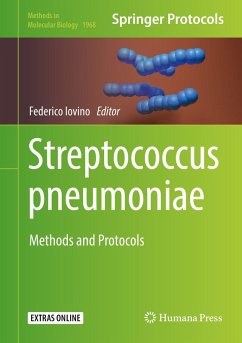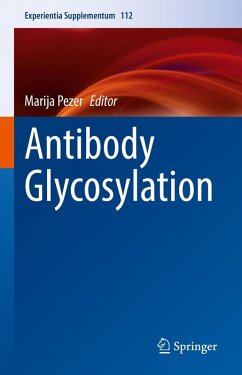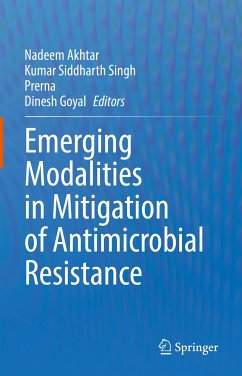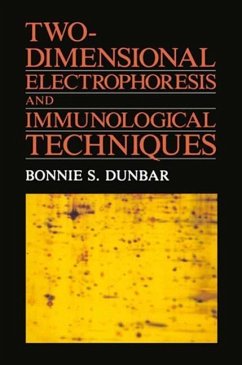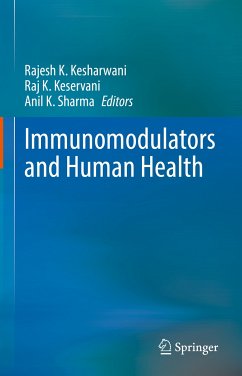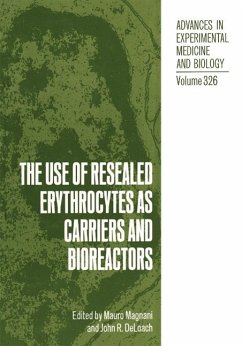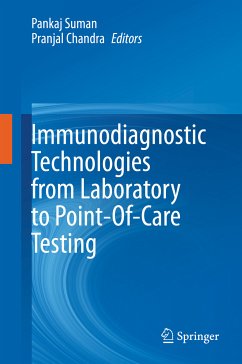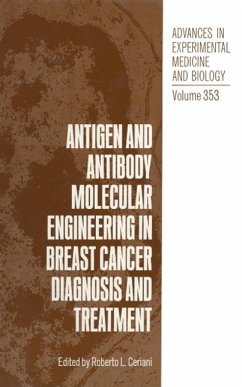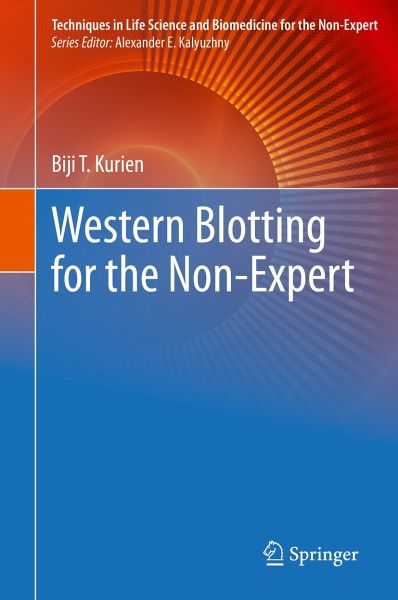
Western Blotting for the Non-Expert (eBook, PDF)
Versandkostenfrei!
Sofort per Download lieferbar
Statt: 90,94 €**
68,95 €
inkl. MwSt.
**Preis der gedruckten Ausgabe (Gebundenes Buch)
Alle Infos zum eBook verschenkenWeitere Ausgaben:

PAYBACK Punkte
34 °P sammeln!
This book fills the need for a simplified text covering western blotting protocols aimed not just at high school and college students, but the researcher with little to no experience in these techniques. It provides the principles, basic methodology, and tips and tricks to avoiding the common pitfalls of western blotting. The book also introduces simple protocols that can transform western blotting into a fun method, such as sending secret messages on membranes or using nitrocellulose membrane as a canvas for art.In addition to the techniques, this book also covers the history of western blott...
This book fills the need for a simplified text covering western blotting protocols aimed not just at high school and college students, but the researcher with little to no experience in these techniques. It provides the principles, basic methodology, and tips and tricks to avoiding the common pitfalls of western blotting. The book also introduces simple protocols that can transform western blotting into a fun method, such as sending secret messages on membranes or using nitrocellulose membrane as a canvas for art.
In addition to the techniques, this book also covers the history of western blotting, which originated from the development of the blotting of DNA. It then delves into the importance of protein blotting, brought to the fore by the fact that the procedure has been evolving constantly since its inception in 1979, and the fact that the scientific community is faced with a multitude of ways and means of transferring proteins to membranes..
In addition to the techniques, this book also covers the history of western blotting, which originated from the development of the blotting of DNA. It then delves into the importance of protein blotting, brought to the fore by the fact that the procedure has been evolving constantly since its inception in 1979, and the fact that the scientific community is faced with a multitude of ways and means of transferring proteins to membranes..
Dieser Download kann aus rechtlichen Gründen nur mit Rechnungsadresse in A, B, BG, CY, CZ, D, DK, EW, E, FIN, F, GR, HR, H, IRL, I, LT, L, LR, M, NL, PL, P, R, S, SLO, SK ausgeliefert werden.



